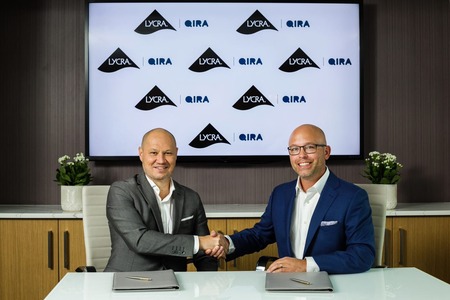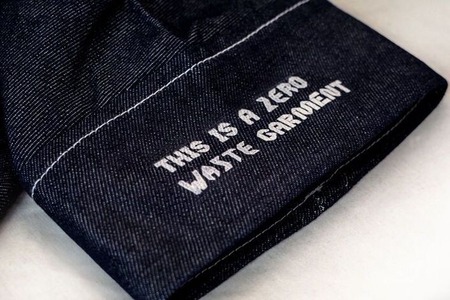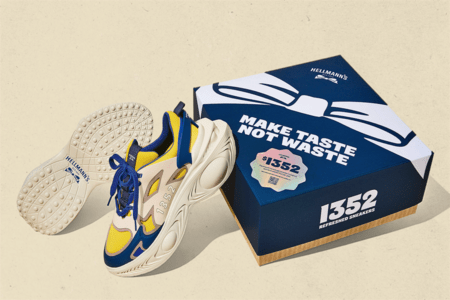
Bluesign completes revision of all chemical substance lists in 2021
YarnsandFibers News Bureau 2021-07-09 10:31:26 – SwitzerlandThe revised chemical ingredients lists of environmental performance label Bluesign, based in St. Gallen, Switzerland, have tightened restrictions on free aniline content in chemical products, used in the production of indigo dye.
Under the new standards, aniline-reduced indigo is now required for Bluesign-approved indigo varieties, and aniline is prohibited in other dyes and auxiliaries with a limit of 500 mg/kg.
Though the United States Environmental Protection Agency (EPA) claims that there is evidence that aniline can cause cancer in humans, the evidence is inconclusive—and this grey area has sparked a debate among some denim experts who believe that the small amount that remains in denim after washing is safe for human contact. Furthermore, they believe that exchanging antique clothing with greater volumes is still a more sustainable option than discarding them altogether.
Despite the squabbles, many denim supply chain partners have switched to aniline-free denim.
But aniline wasn't Bluesign's sole target. It also established a consumer safety limit for 2-pyrrolidone, a solvent used in inks, as well as a mid-term aim of establishing a usage restriction for this solvent, which, according to current research, must be classed as hazardous for reproduction.
Bluesign is also strengthening limitations on 2-Butanone oxime, a hazardous chemical that it previously listed. The free content of this compound, which is employed as a polyurethane blocking agent, is currently restricted in chemical goods, with intentions for a total ban in the future.
Bluesign specified a usage prohibition for the monomers N-methylolacrylamide and 1-vinylimidazole, based on the idea that leftover monomers can help remove hazardous chemicals in the textile supply chain.
The company's 2021 revision was based on the most recent scientific findings on substance toxicological and ecological profiles, the legal classification of chemical substances, legal consumer safety limits, risk assessments based on the Bluesign criteria for chemical assessment, feedback from experts from the Chemical Expert Group (CEG), and new analytical standards.
The updates were made to all of its published lists, including the Bluesign System Substances List (BSSL), which specifies limits for chemical substances in articles (consumer safety limits); the Bluesign System Black Limits (BSBL), which specifies threshold limits for chemical substances in finished chemical products; and the Bluesign RSL which is an extract of the BSSL that includes consumer safety limits and suggested testing procedures for the most significant and legally banned chemicals in textile and leather goods and accessories.
Each year, these lists are updated to reflect new results. The beginning of the month saw the implementation of new standards.
Manufacturers and brands in the outdoor, sportswear and fashion sectors rely on Bluesign as a reliable source of information. Its Bluesign System removes hazardous chemicals from the start of the textile manufacturing process and establishes and manages environmental and safety requirements.
The Bluesign System was recently acknowledged by the German government as a qualification for Green Public Procurement (GPP), a European effort aimed at increasing demand for sustainable goods.
Market Intelligence
Ask for free sample Report

experience
Customer Base
dedicated team
Countries Served Worldwide







![Freitag unveils new Mono[P6] circular backpack](https://www.yarnsandfibers.com/wp-content/uploads/2024/04/Freitag.jpg)

